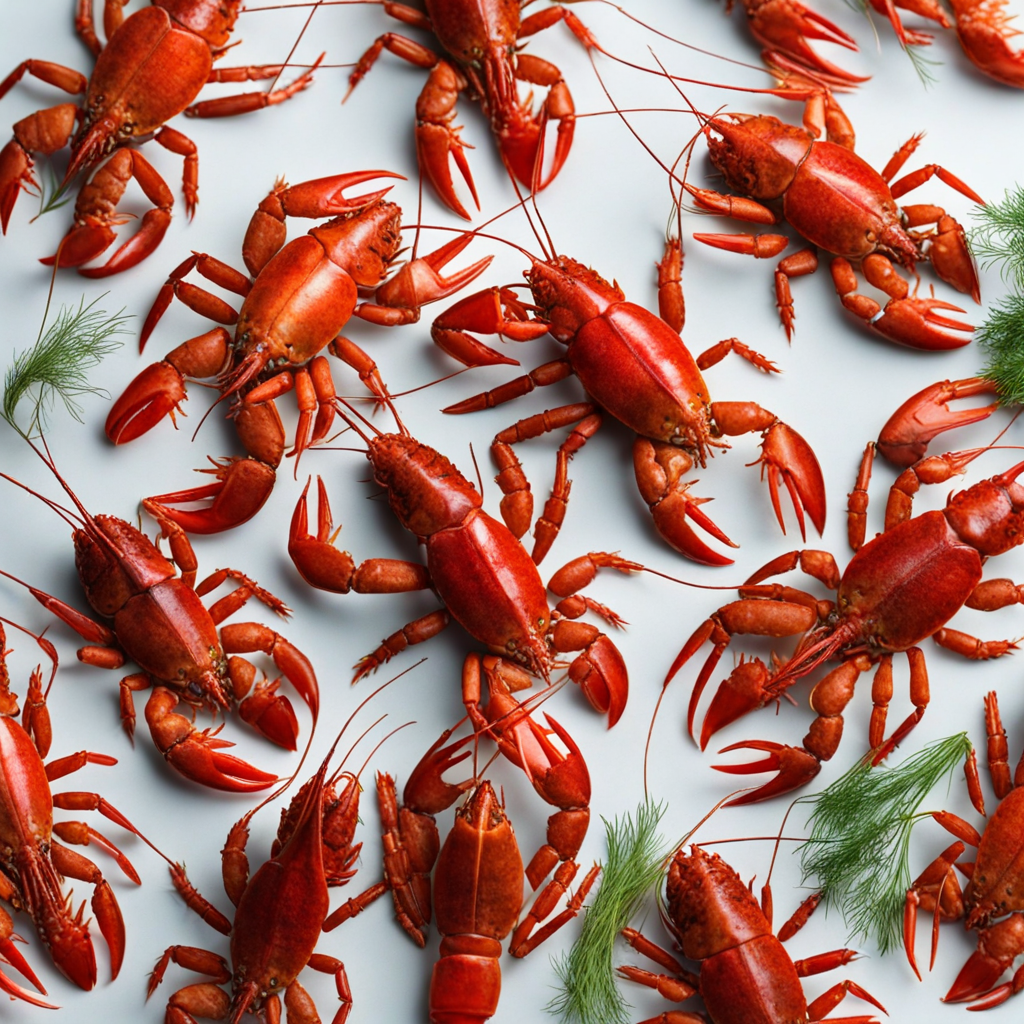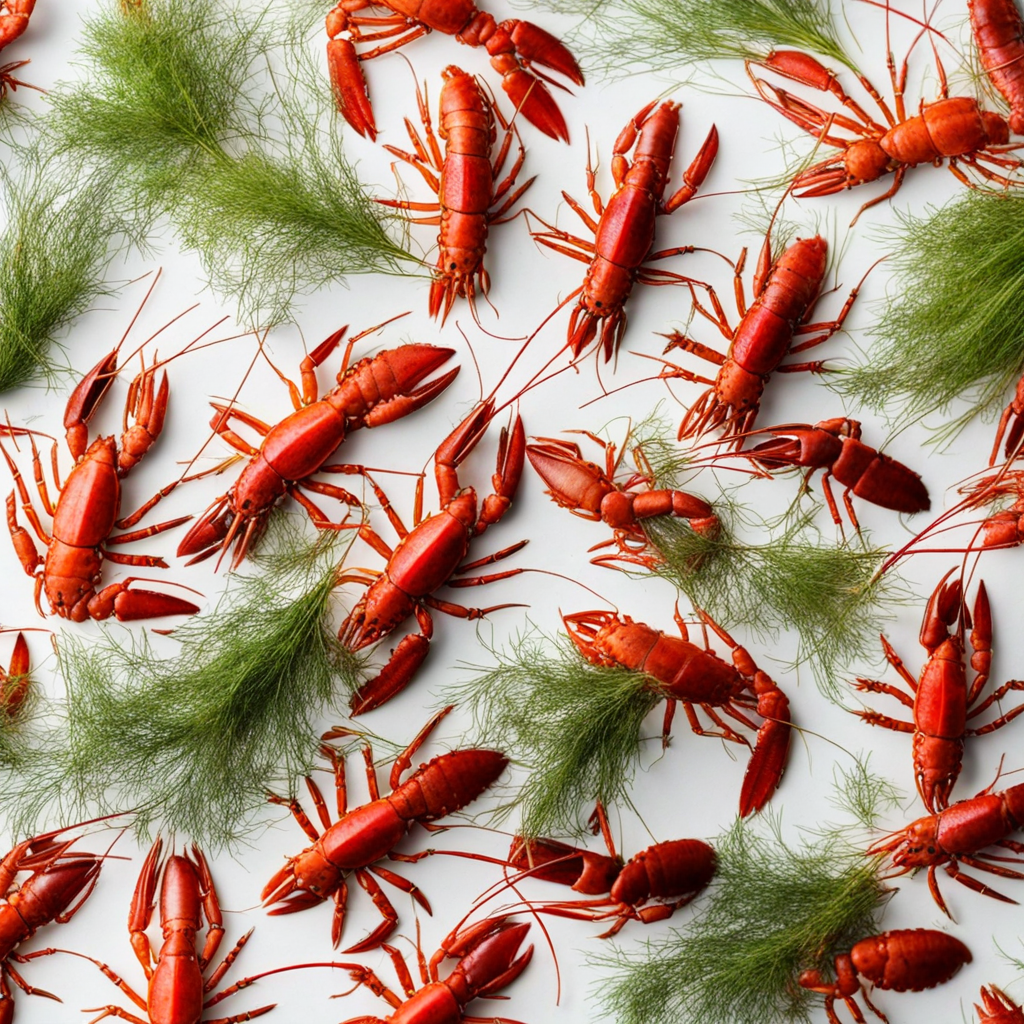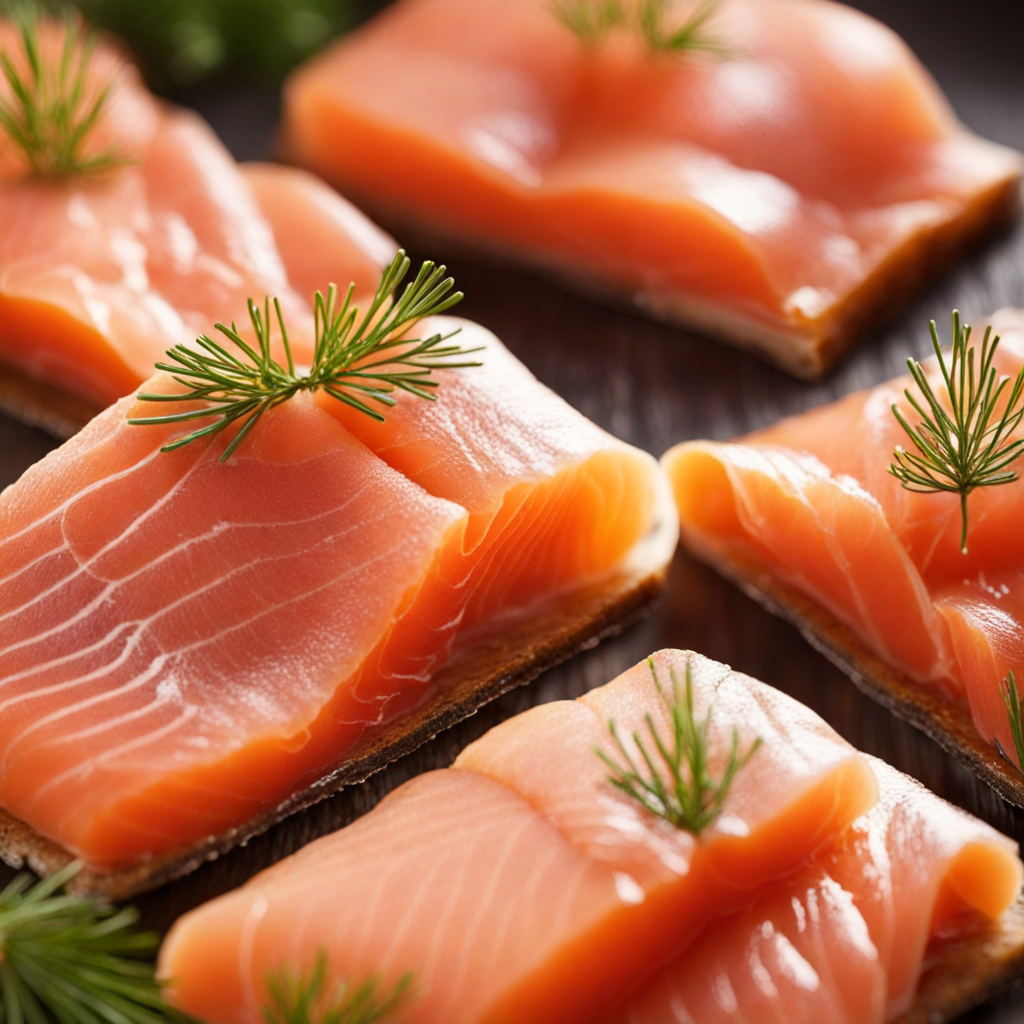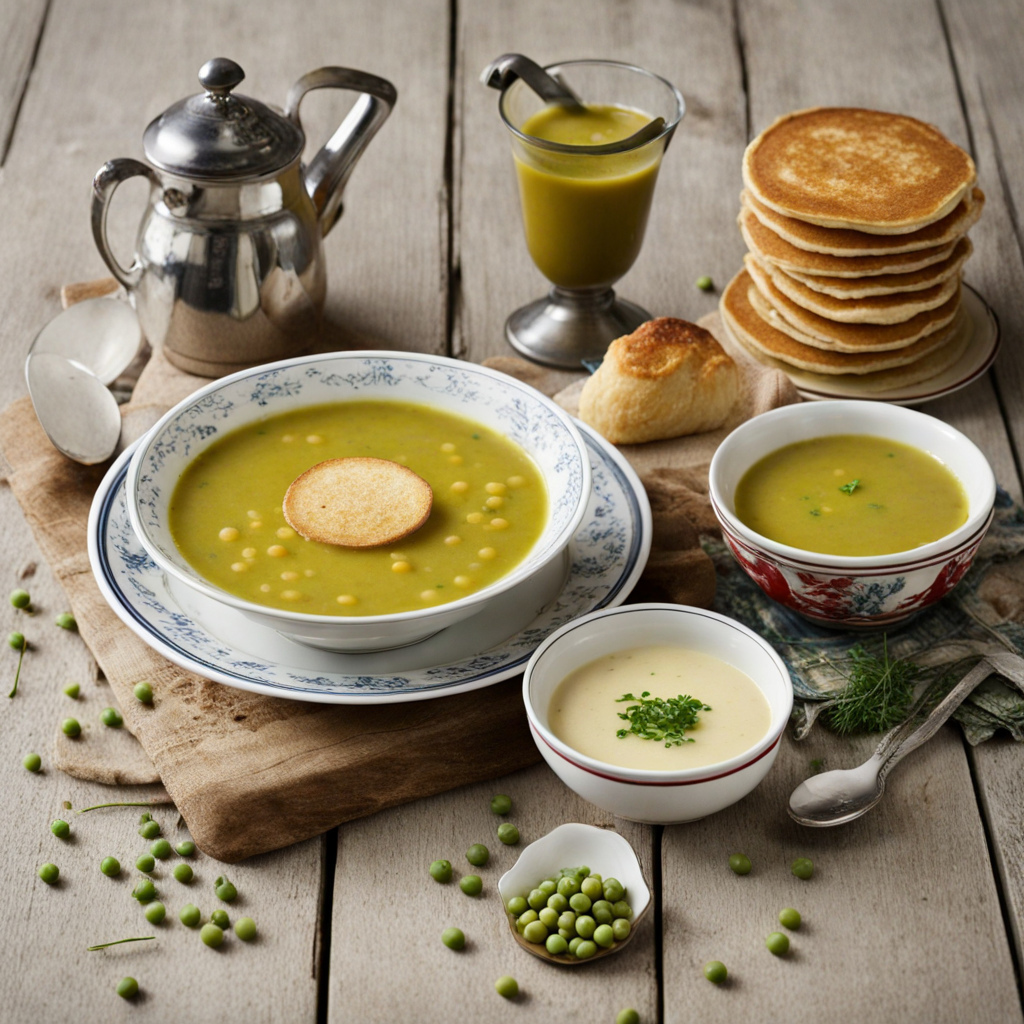Crayfish
Crayfish, or "kräftor" as they are known in Sweden, are a delicacy that captures the essence of Swedish summer. These freshwater crustaceans are typically harvested during the late summer months, specifically in August, when their flavor is at its peak. The traditional way of preparing crayfish involves boiling them in a brine solution infused with a generous amount of dill, salt, and sometimes a hint of sugar. This method not only enhances their natural sweetness but also gives them a vibrant, appealing color that makes them irresistible on any dining table. In Sweden, crayfish parties, or "kräftskivor," are a beloved cultural tradition where friends and family gather to enjoy these delectable treats. The festive atmosphere is characterized by colorful paper hats, lanterns, and songs sung in celebration of the catch. Served cold, the crayfish are often accompanied by traditional sides such as crispbread, cheese, and a selection of sharp, cold beverages like snaps or beer. The act of peeling the crayfish requires a bit of skill, but the reward is a tender, juicy morsel that bursts with flavor, making every bite a delightful experience. The taste of Swedish crayfish is unique; it is subtly sweet with a hint of brininess, reminiscent of the clean waters they inhabit. The delicate meat is tender yet firm, providing a satisfying texture that pairs beautifully with the herbal notes from the dill. Whether enjoyed as part of a lively summer feast or savored in a quiet moment, crayfish embody the spirit of Swedish cuisine and its connection to nature, offering a taste that is both nostalgic and refreshingly new for those ready to explore.
How It Became This Dish
The History of Kräftor: Sweden's Cherished Crayfish #### Origins and Early Use Kräftor, or crayfish, have a special place in Swedish culinary tradition, celebrated not only for their flavor but also for their cultural significance. The history of kräftor in Sweden can be traced back to the 16th century, although the creatures themselves, native to freshwater ecosystems, have existed long before humans began to harvest them. The earliest references to crayfish in Swedish texts date back to the 15th century, hinting at a tradition that possibly evolved from earlier fishing practices among indigenous peoples. Crayfish are believed to have originated in the waters of Europe, and the species most commonly associated with Swedish cuisine is the noble crayfish (Astacus astacus). These crayfish thrived in Sweden’s numerous lakes and rivers, making them a readily available food source for local populations. Initially, they were consumed in a modest manner, often as a part of a peasant's diet, alongside other freshwater fish and local game. The use of crayfish in Sweden indicates a deep connection to the natural resources that the country’s many waterways provided. #### Cultural Significance As time progressed, kräftor evolved from a humble sustenance to a symbol of festivity and social gathering. The cultural significance of crayfish in Sweden is primarily manifested in the annual crayfish parties, or "kräftskivor," which celebrate the end of summer. Traditionally held from early August to late September, these gatherings are characterized by the consumption of crayfish, accompanied by singing, laughter, and a variety of traditional Swedish foods, such as bread, cheese, and snaps (a type of strong liquor). The crayfish party is an event steeped in customs and rituals. Guests often don bibs and paper hats adorned with colorful designs, and tables are adorned with lanterns and decorations, creating a festive atmosphere. The act of eating crayfish is a communal experience; diners often engage in lively conversation and traditional songs, known as "snapsvisor," that enhance the convivial spirit of the occasion. This celebration reflects the Swedish ethos of enjoying nature's bounty, fostering social bonds, and embracing the fleeting moments of summer. #### The Development of Crayfish Fishing By the 19th century, the demand for crayfish began to rise significantly, leading to more organized fishing practices. The introduction of traps and nets optimized the harvesting process, allowing for larger catches. As the popularity of kräftor grew, the commercial fishing industry developed alongside it. However, this surge in fishing led to over-exploitation, and by the early 20th century, the noble crayfish population began to dwindle. To combat this decline, various measures were implemented, including fishing regulations and the introduction of non-native species, such as the American signal crayfish (Pacifastacus leniusculus), which was introduced in the 1960s. While this species helped to replenish the crayfish supply, it also brought challenges, such as the spread of disease that further threatened the native noble crayfish population. This interplay between conservation and culinary tradition has shaped the contemporary landscape of crayfish fishing in Sweden. #### Modern-Day Celebrations and Sustainability Today, kräftor continue to be a staple of Swedish cuisine and culture. The tradition of kräftskivor is more vibrant than ever, with both locals and tourists participating in the festivities. In urban areas, restaurants host special crayfish events, while families often gather in backyards or by lakes to celebrate. The crayfish market has adapted to modern tastes, with both locally sourced and imported varieties available, yet the traditional preparation methods remain largely unchanged. Sustainability has become a critical focus in the modern crayfish industry. Awareness of ecological concerns has led to a renewed commitment to protecting native species and habitats. Many Swedish crayfish farmers and fishermen now adhere to sustainable practices, ensuring that the harvesting of crayfish does not compromise freshwater ecosystems. This shift reflects a broader global trend toward responsible sourcing and environmental stewardship in food production. #### Culinary Preparation and Traditions The preparation of kräftor is an art form in its own right. Traditionally, crayfish are boiled in a brine of water, salt, and aromatic herbs, most notably dill, which imparts a distinctive flavor. The cooking process is often seen as ceremonial, with families gathering to prepare and share the dish. After boiling, the crayfish are typically chilled and served with a variety of accompaniments, including bread, butter, cheese, and, of course, snaps. Accompanying the crayfish are traditional side dishes that enhance the overall experience. Västerbotten cheese, a rich and flavorful cheese from the northern part of Sweden, is a popular choice. The meal is often rounded off with a selection of desserts, such as fruit pies or cakes, which bring a sweet note to the celebration. #### Conclusion: A Symbol of Swedish Identity The history of kräftor in Sweden is a testament to the country’s deep-rooted relationship with its natural environment and cultural heritage. From their humble beginnings as a local food source to their status as a symbol of celebration and community, crayfish have woven themselves into the fabric of Swedish identity. The annual kräftskivor reflect not only a culinary tradition but also a celebration of life, friendship, and the beauty of summer. As Sweden continues to navigate challenges related to sustainability and ecological health, the future of kräftor remains intertwined with a commitment to preserving both the species and the cultural practices that celebrate them. In this way, the crayfish is not merely a dish but a living part of Sweden's history, connecting the past to the present and future, ensuring that the love for kräftor will endure for generations to come.
You may like
Discover local flavors from Sweden







